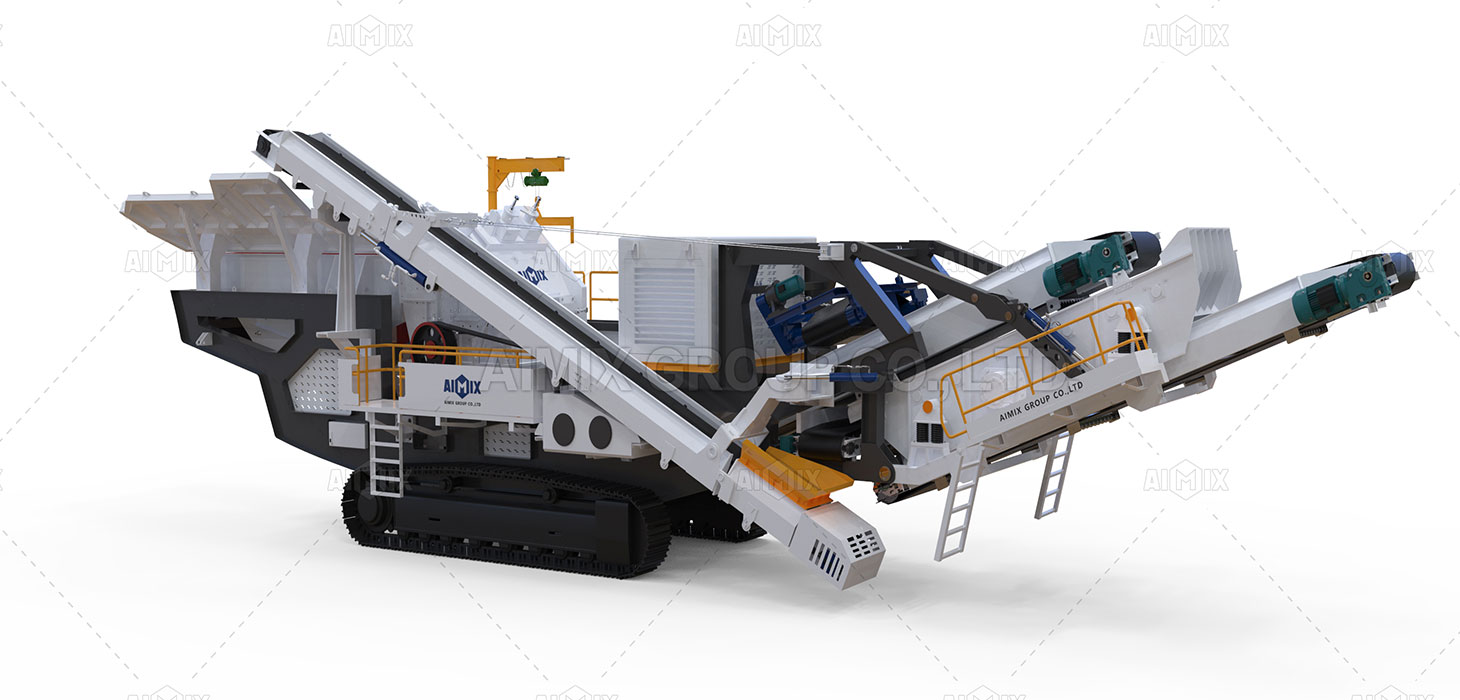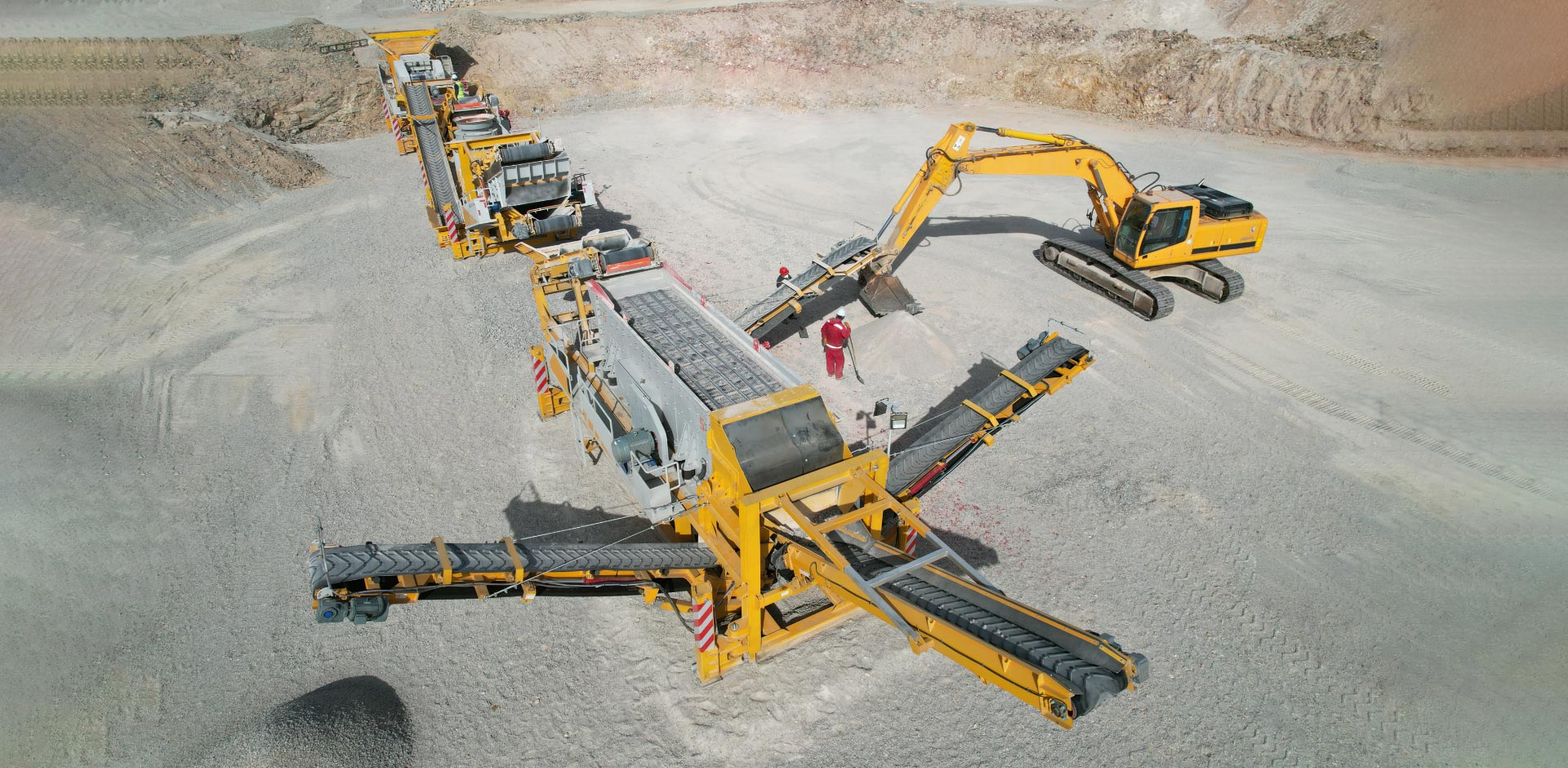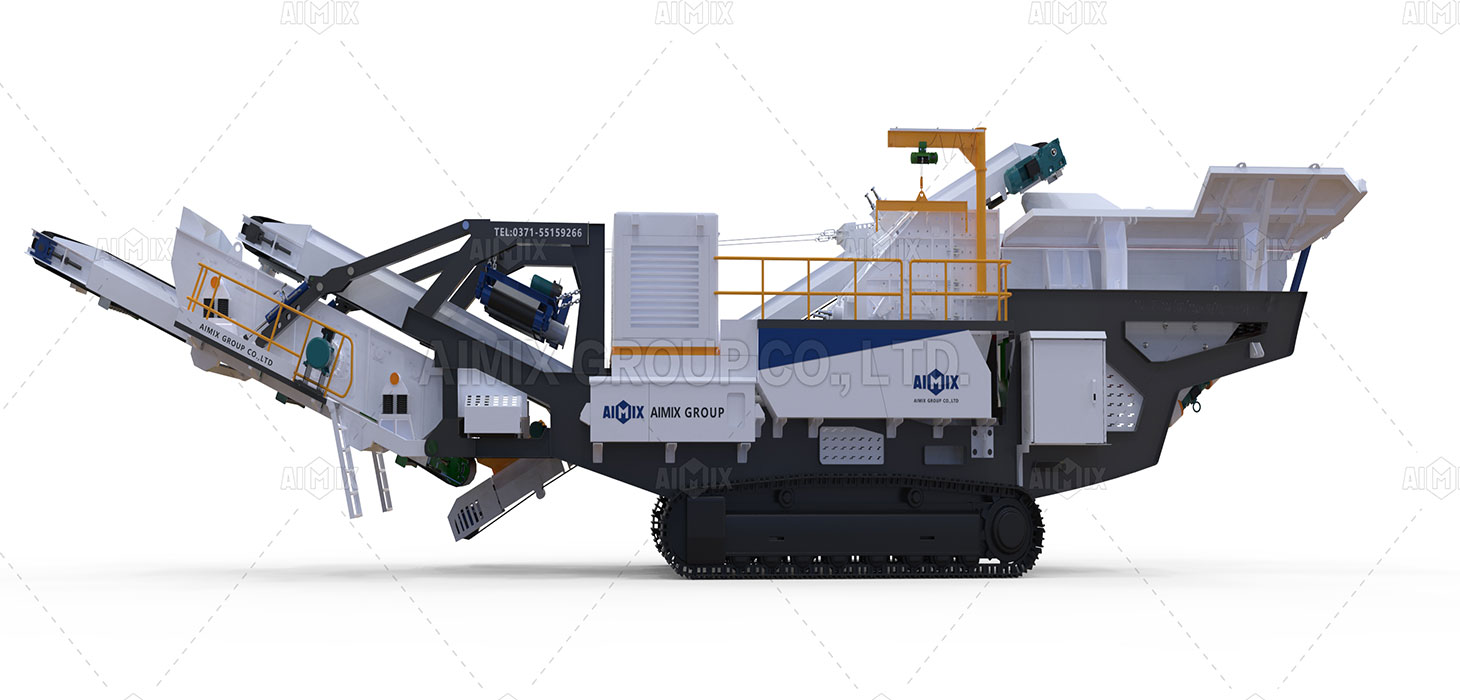In the world of construction, mining, and aggregate production, the ability to control the particle size of crushed materials is pivotal to the operation’s success. Stone crusher plants are designed to process various types of rocks, gravels, and stones into a uniform particle size, which plays a crucial role in the industry.
Selecting the Right Crusher Type
The first step in controlling the particle size of the materials produced by a stone crusher is selecting the appropriate crusher type. To achieve an efficient crushing process and the desired particle size, different crushing stages must be performed. Some of the most common crusher types include:
Jaw Crushers:
These crushers are known for their heavy-duty applications and are capable of handling large feed sizes. They are well suited for primary crushing and are often used for materials with a high hardness.
Impact Crushers:
Impact crushers are versatile and suitable for both primary and secondary crushing. They are known for their high reduction ratio, making them an excellent choice for producing consistent particle sizes.
Cone Crushers:
Cone crushers are ideal for secondary and tertiary crushing stages. They are known for their ability to produce finely crushed materials, and their close-side setting can be adjusted to control the desired particle size. View more details about cone crusher here: https://aimixgroup.id/indonesia/cone-crusher-for-sale-di-indonesia/.
VSI (Vertical Shaft Impactor) Crushers:
VSI crushers are used for tertiary and quaternary crushing, producing a finely crushed product. They offer excellent control over particle shape but may require more frequent maintenance.
Selecting the right crusher type and configuration is crucial to ensure the desired particle size is achieved with efficiency and consistency.
Close-Side Setting (CSS) Adjustment
The close-side setting (CSS) of a cone crusher is crucial for controlling the particle size. CSS is the smallest distance between the mantle and the concave at the bottom of the crusher, and it determines the particle size. By adjusting the CSS, the operator can vary the particle size produced. A smaller CSS typically produces a finer material, while a larger CSS results in a coarser output.
It’s essential to monitor and adjust the CSS regularly to maintain the desired particle size. However, it’s important to note that excessively small CSS settings can lead to product fineness that may not meet industry specifications, while excessively large settings can reduce the efficiency of the crushing process.

Impact Crusher Rotor Speed
For impact crushers, the rotor speed can be adjusted to control the product size. The faster the rotor, the finer the output size. However, the faster the rotor speed, the more wear on the blow bars and impact plates. A slower rotor speed can minimize wear and maintain a more consistent end product.
Operators can use variable frequency drives (VFDs) to adjust the rotor speed easily, allowing for real-time optimization of the particle size while also prolonging the life of wear parts.
Screening and Classification
In stone crusher plants, screens are used to separate the crushed materials into different sizes. Screen decks can be multiple and specific to the desired particle size. The screens are vital for controlling the particle size distribution of the crushed materials. They also play a crucial role in the efficiency of the screening process.
Proper screen selection and maintenance are essential to ensure that the screens perform efficiently and deliver the desired particle sizes. Regular inspections and adjustments are necessary to prevent screen clogging, blinding, and wear.
Additionally, classification equipment, such as hydrocyclones or air classifiers, can be incorporated into the crushing and screening process to further control the particle size distribution. These devices can efficiently separate fines from the crushed material, ensuring the production of a consistent particle size.
Control of Material Feed
The material fed into the crusher plays an important role in controlling the particle size. A well-graded feed is generally thought to be the most efficient, with the least amount of void space. Uneven or segregated feeds can result in the production of oversized material or excessive fines, affecting the desired particle size.
To control material feed, implement practices like using feed hoppers, pre-screening, and ensuring a consistent, even flow of material. This will help maintain a steady and well-distributed feed to the crusher, resulting in a more controlled particle size.
Monitoring and Automation
Modern stone crusher plants are equipped with advanced technology to control the entire crushing process automatically. In a fully automated plant, regular feedback from particle size analyzers can help maintain and adjust the crusher batu gunung settings for optimum performance.
Particle-size analyzers are sensors placed at various points within the crushing chamber. They provide real-time data on the particle size distribution of the crushed materials, allowing the crusher’s control system to adjust the settings for optimal production.
Additionally, automation systems can provide alarm notifications for issues such as overloading or excessive particle size deviation. These systems can help maintain consistent production and quickly identify and address any deviations from the desired particle size.
Post-Processing and Particle Size Adjustment
In some cases, it may be necessary to perform post-processing on the crushed materials to achieve the desired particle size. This can involve further crushing, screening, or even milling to fine-tune the particle size distribution. Such post-processing steps are common in industries that require highly specific particle sizes, such as in the production of concrete aggregates.
Regular Maintenance and Wear Parts Replacement
Proper maintenance of the crusher and the replacement of worn or damaged wear parts are essential for maintaining consistent and controlled particle sizes. Worn wear parts, such as crusher liners and blow bars, can affect the crusher’s efficiency and result in changes to the particle size distribution.
Regular inspections and scheduled maintenance can help prevent unexpected disruptions and ensure that the crusher stone is operating at its optimal performance level.
Conclusion
Controlling the discharge particle size in a stone crusher plant is crucial to achieving the desired end product quality. By following the strategies outlined in this article, you can ensure the production of a consistent and well-graded aggregate for your construction or mining projects. From selecting the right crusher type and adjusting close-side settings to implementing automation and monitoring systems, each step plays a vital role in achieving the desired particle size and meeting industry standards. Remember that a well-controlled particle size leads to improved product quality and enhanced operational efficiency.


